FACULTY
With laboratories run by an elite group of academic faculty and
far-reaching research themesacross a variety of fields.
-
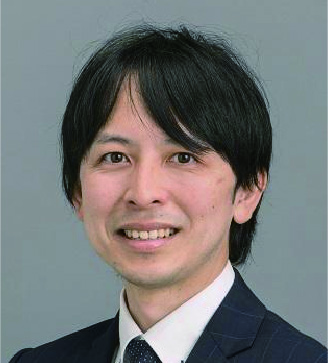
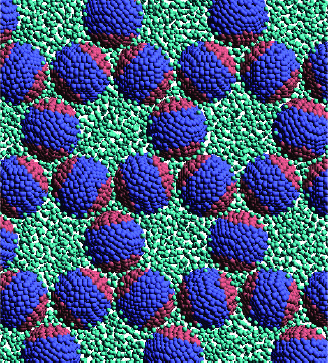
- ARAI NORIYOSHI
- Molecular Simulation, Soft Matter, Self-Assembly, Phase Change, Confined System
-
This laboratory focuses on the rich functionality of soft matters (e.g.polymers, surfactants, liquid crystals, colloids, and biomembranes). By using molecular simulation techniques, we aim to clarify the mechanism of material functionalization and the origin of life at the molecular view, as well as we try to design machines and/or nano-scale systems with novel principles.
-
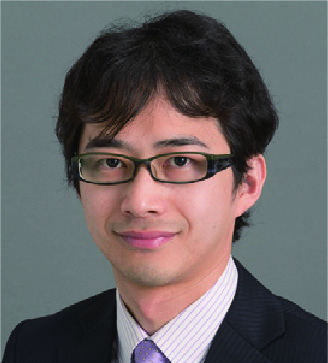
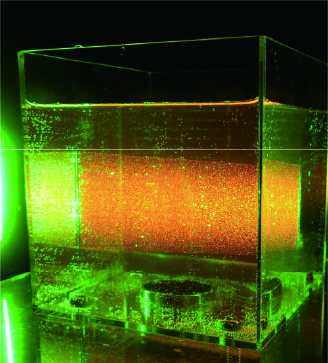
- ANDO KEITA
- Cavitation, Shock wave, Ultrasound, Mass transfer
-
Our research efforts are aimed at understanding complex multiscale physics of multiphase media such as cavitating liquids and viscoelastic materials. We develop experimental, theoretical, and numerical methods to reveal the dynamics of cavitation bubbles and droplets. With fundamental understandings of bubble and droplet dynamics, we target contributions to industrial applications including ultrasonic/jet cleaning, microbubble aeration, medical application, food processing, and underwater explosions (UNDEX).
-
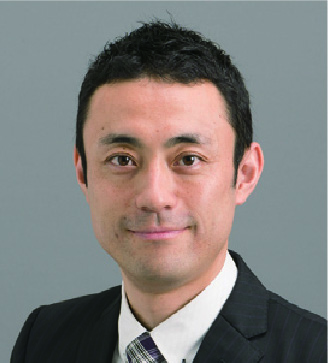
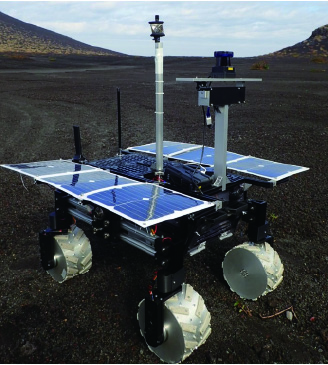
- ISHIGAMI GENYA
- Field Robotics, Terramechanics, Space Exploration Engineering, Autonomous Mobility System
-
The main mission of our group is to perform fundamental and applied research into the robotic mobility system, for an application to planetary exploration rovers and field robots. Our research interests are as follows: (1) mobility analysis based on vehicle-terrain interaction mechanics; (2) autonomous mobility system including guidance, navigation, and control; (3) multibody dynamics simulation; and (4) machine learning applied to the robotics research.
-
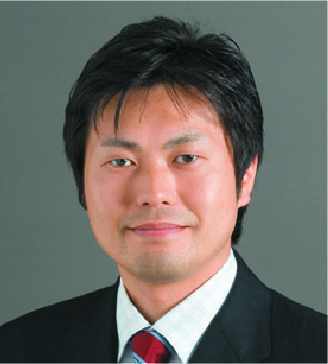
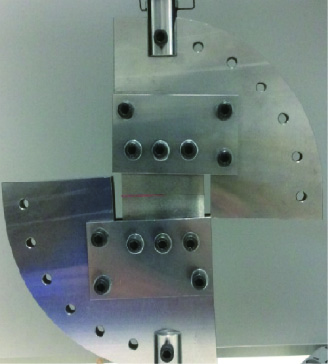
- OMIYA MASAKI
- Strength of Materials, Fracture Mechanics, Vehicle Engineering, Sports Injuries
-
We conduct research on strength and reliability evaluation methods for materials used in machinery and structures such as automobiles. Especially, we focus on the measurement of crack growth behavior of advanced high strength steels used in automobile car bodies and the prediction method with numerical simulation. Also, we conduct research on the protect device for sports injuries, such as the development of protective equipment for head and neck injuries in judo.
-
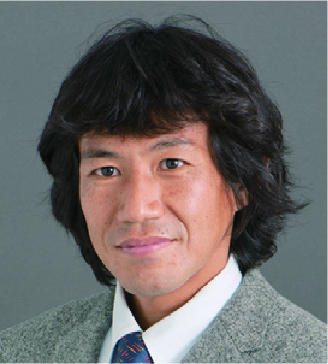
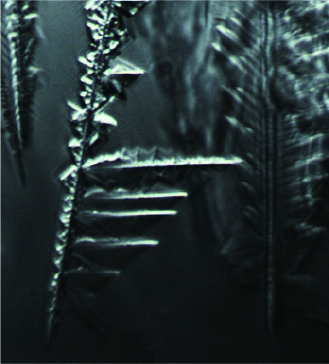
- OHMURA RYO
- Clathrate hydrates, energy technology, physical chemistry, crystal growth, phase equilibrium
-
In my research group, fundamental and applied experimental studies are performed to reveal physical properties and characteristics of clathrate hydrates, thereby contributing to energy and environment technologies. Physicochemical as well as engineering aspects of hydrates are widely investigated for the development of novel energy and environment technologies utilizing hydrates, such as storage/transport of natural gas in the form of hydrates and efficient thermal technology.
-
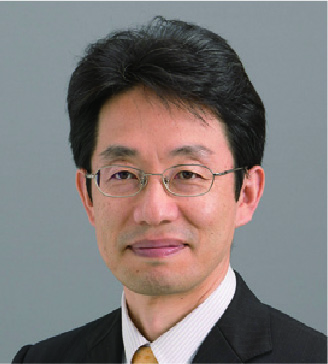
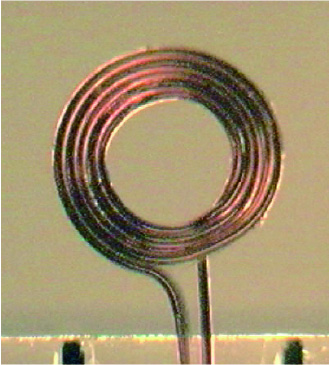
- OGAWA KUNIYASU
- Heat and mass transport in porous media, Measurement techniques by magnetic resonance imaging, NMR sensor for fuel cell
-
This laboratory is focused on heat and mass transport in opaque porous media using magnetic resonance imaging. This research clarifies non-uniform transport phenomena in porous media and allows development of a higher performance chemical reactor.
-
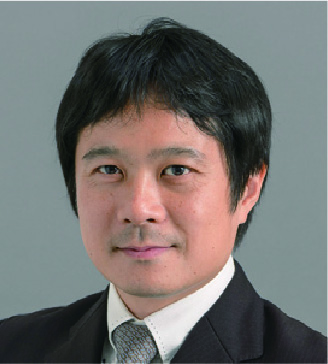
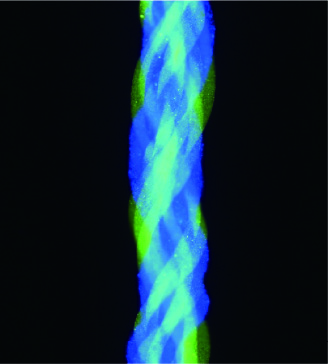
- ONOE HIROAKI
- Micro Nano Engineering, Biofabrication, Self-Assembly, Soft Material
-
Based on microscale science and technologies, our laboratory focuses on exploring the principle on constructing artificial hierarchical systems among multi-scale and heterogeneous materials, and applying the principle to create novel functional systems for micro-machines, information devices, bioscience and regenerative medicine.
-
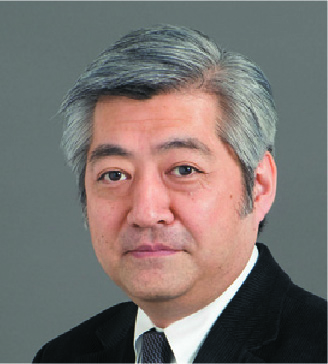
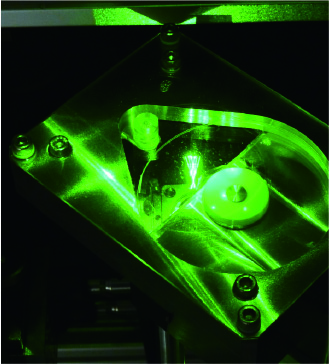
- OBI SHINNOSUKE
- Fluids Engineering, Turbulence Modeling, Flow MeasurementComputational Fluid Dynamics, Vortex Method Simulation
-
Our research interest covers diverse fluid flow phenomena with particular emphasis on the physics of turbulent flows. Flow measurements are undertaken by state-of-the-art technology including micro-Pitot tube, multi-sensor-HWA, LDV, Stereo PIV and their combination. Most of our experimental projects are supported by CFD studies based on RANS turbulence models as well as LES and vortex methods. Recent activity covers experimental and numerical analysis of unsteady flow motion around a flapping wing.
-
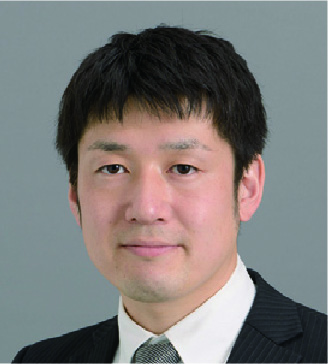
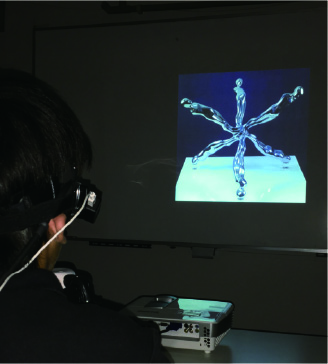
- KATO TAKEO
- Design Science, Affective Engineering, Robust Design
-
This laboratory focuses on the design theory and methodology to improve the quality and efficiency of product development and the product design applying them. Research topics include generative design of curve/curved surface, affective state estimation using NIRS and cardiography, robust design method for diverse circumstances, and ergonomic design of welfare devices.
-
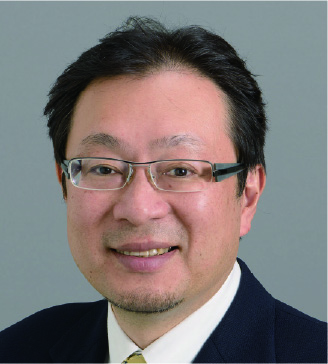
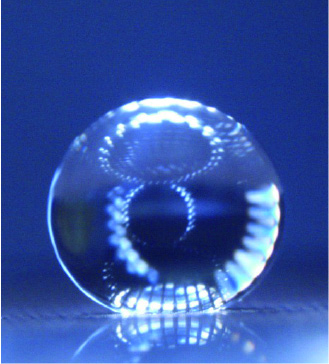
- KOMOTORI JUN
- Material design
-
Metallic boimaterials,such as stainless steel and titanium alloys, are required to have certain desirable properties for application in bio-implant prostheses. The aim of this laboratory is to develop a new biomaterials and a new surface modification processes. For detailed information, please visit our home page.
-
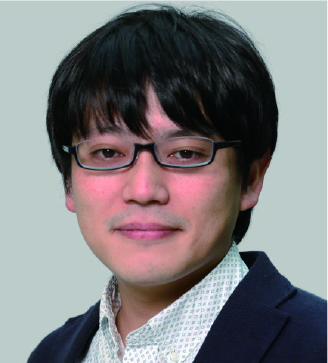
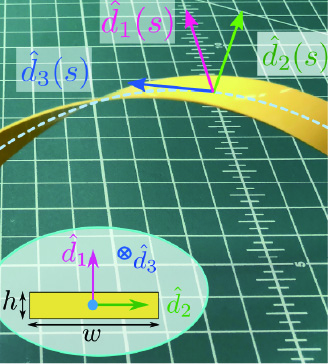
- SANO TOMOHIKO
- SlenderStructures, Geometry, Structural(In)stability
-
After seeing its foundations, the field of mechanics diverges as several branches, such as structural mechanics, material science, biomechanics, and earthquake physics. Despite its long history of research, mechanics remains an active field of research through the paradigm shift. Instead of avoiding the failure of slender structures, we harness their instabilities to predict new forms and functionalities.
-
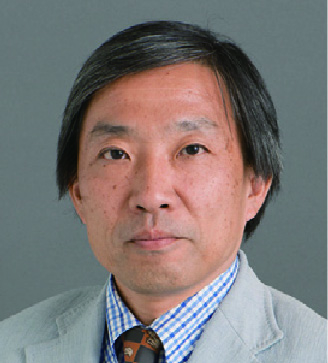
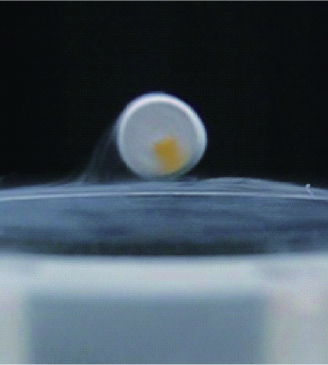
- SUGIURA TOSHIHIKO
- Applied Superconductivity, Ultrasonic Nondestructive Evaluation, Microbubble, Nonlinear Dynamics
-
This laboratory's energy is focused on investigating electro-mechanical coupling and nonlinear dynamics using analyses and experiments. Topics of our research include nonlinear oscillation of superconducting magnetic levitation systems, ultrasonic nondestructive evaluation, nonlinear oscillation of microbubbles as ultrasound contrast agents and its medical applications.
-
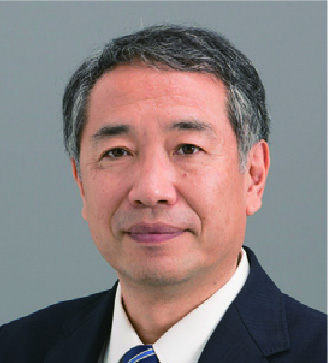
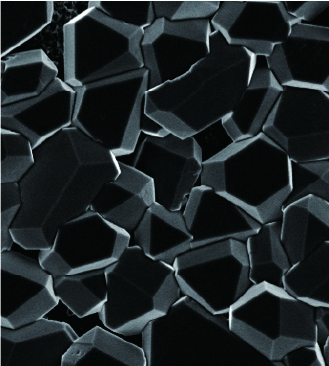
- SUZUKI TETSUYA
- Materials Science, Thin Films, Electron Diffraction
-
Materials Researches offers academic and research activities with metals, ceramics, composites, polymers and biomaterials. The concern of materials science is chemical bonding, synthesis and composition, and their interactions with environment. The role of a materials researcher and engineer is to understand why materials behave as they do under various conditions, and to recognize the limits of performance, and to meet the demands of given application.
-
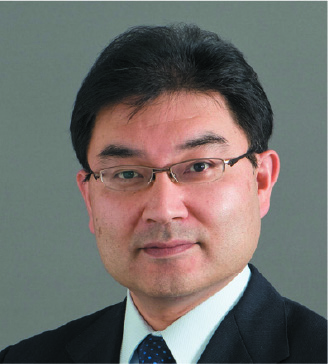
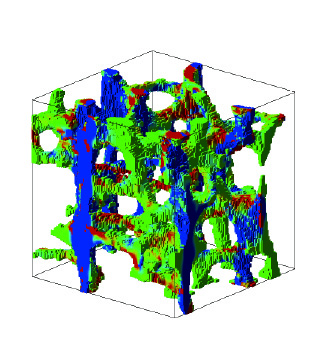
- TAKANO NAOKI
- Computational Mechanics, Additive Manufacturing, Composite Materials, Biomechanics, Stochastic Multiscale Simulation
-
In the field of computational solid mechanics using finite element method (FEM), our main activities are to develop stochastic multiscale modeling and simulation methodologies considering uncertainties and their validation, with applications to microstructure design of composite materials, additive manufacturing, analysis of biological hard tissues and soft tissues considering inter-individual differences and design of medical devices.
-
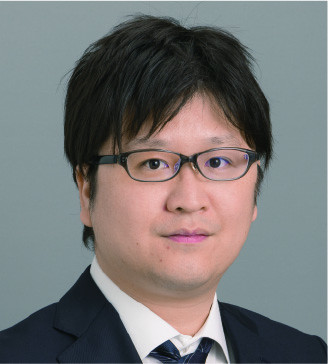
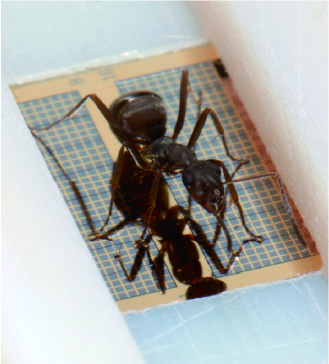
- TAKAHASHI HIDETOSHI
- MEMS (MicroElectroMechanical Systems), Biomechanics, Force sensor
-
Against unknown mechanics of animal locomotion and nature phenomena, we try to clarify them by developing MEMS force sensors specialized for each target. Moreover, we would also like to give our research knowledge back to society as new industrial MEMS products.
-
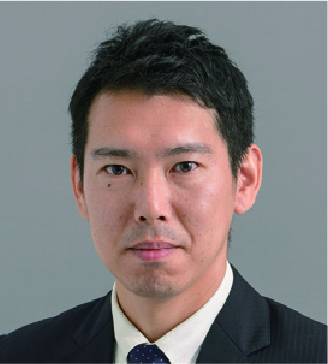
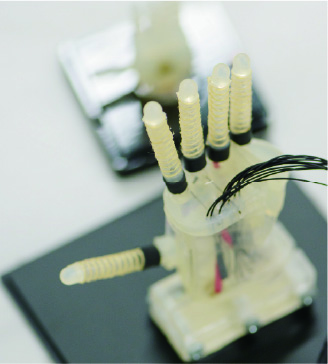
- TAKEMURA KENJIRO
- Actuator engineering, Cell engineering/Tissue engineering, Haptics, Softrobotics
-
Ultrasonic and functional fluid actuation technologies have numerous attractive features, including indirect actuation, silence, high power density, etc. We apply such technologies to cell engineering, tissue engineering, haptics, and softrobotics, aiming to contribute to enhance health, emotion, and cooperation of human and robot. Particularly, we are developing autonomous cell culture systems essential for dissemination of regenerative medicine, haptic sensors/displays for enhancing the use of sensory information, and softrobots aiming to expand human-machine cooperation.
-
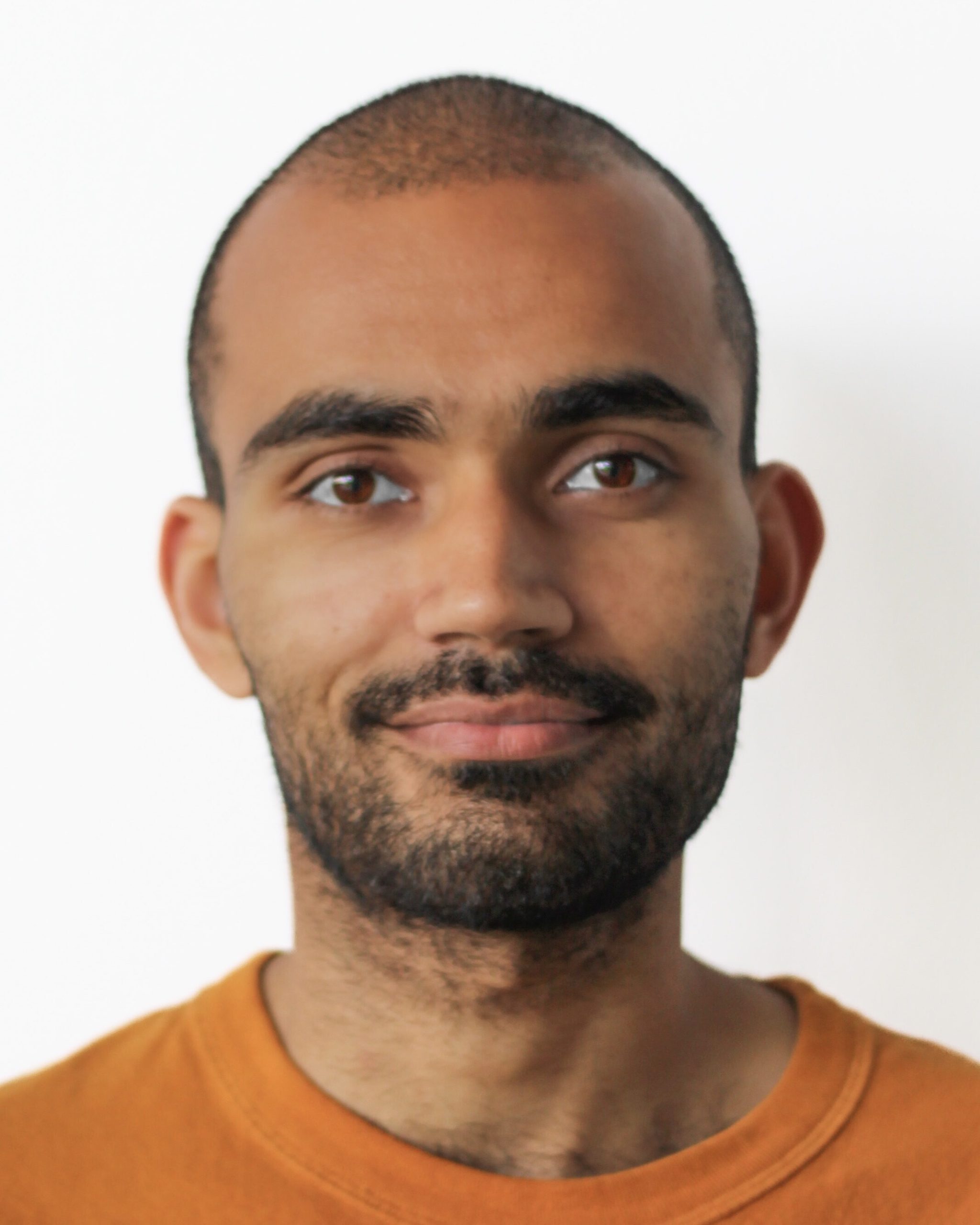
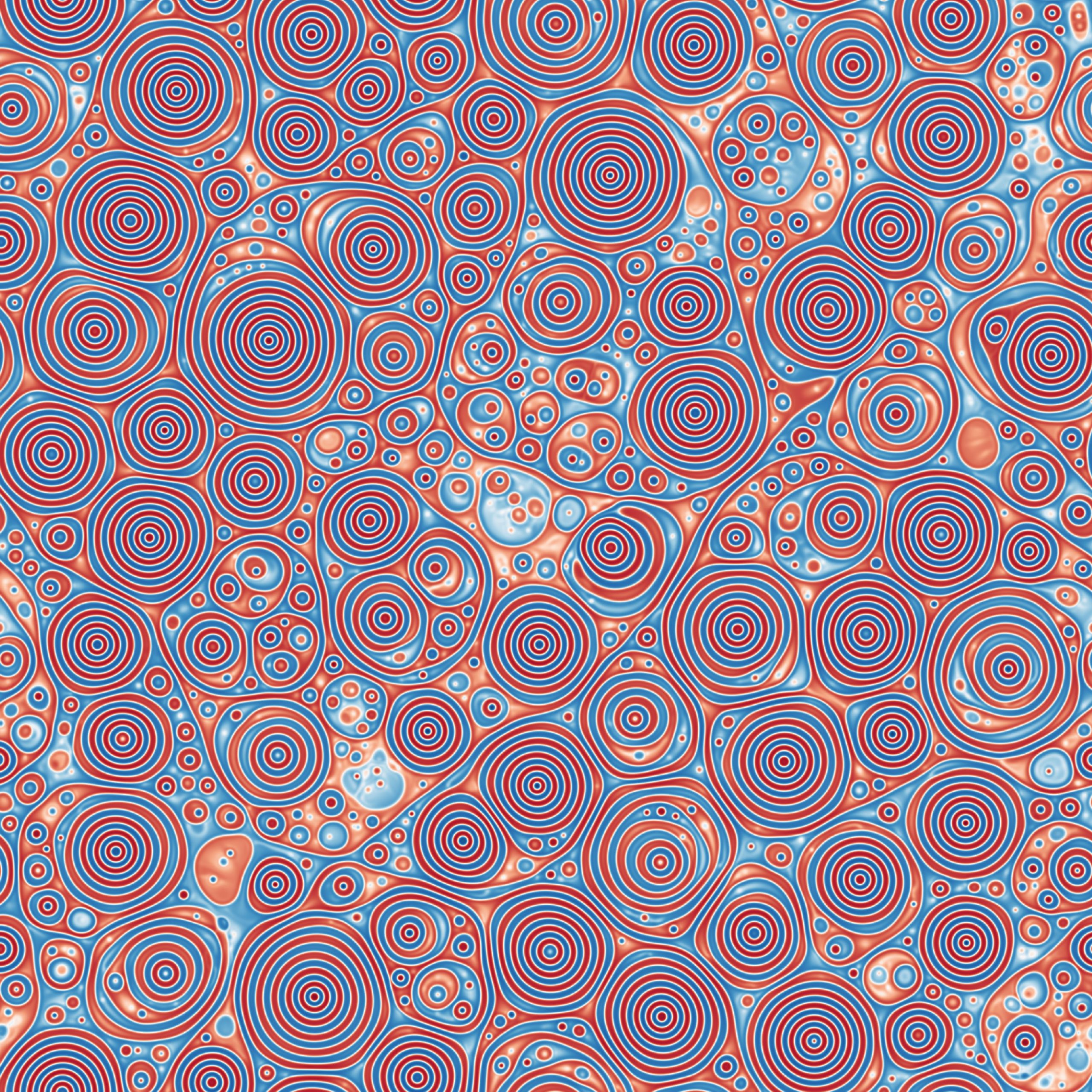
- DATT CHARU
- Biophysics, Active Matter, Complex Fluids, Theoretical Fluid Mechanics, Pattern Formation
-
We are interested in exploring the physics governing biological systems. Such systems are inherently out of equilibrium and give rise to fascinating phenomena across varying length scales -- from flocking in birds to bacterial turbulence. We study such systems, called active matter, using tools of continuum mechanics.
-
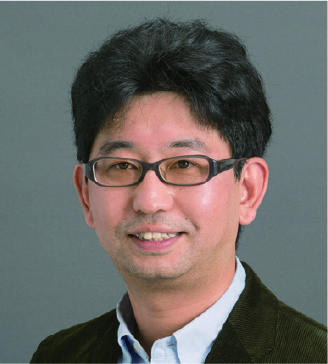
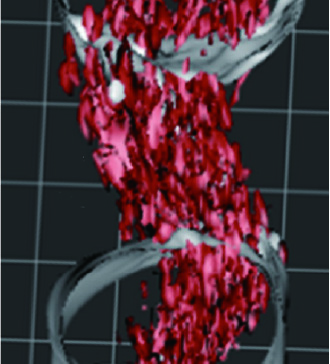
- FUKAGATA KOJI
- Fluid Mechanics, Flow Control, Turbulence, Machine Learning
-
Our research interests are numerical simulation and mathematical modeling of complex heat and fluid flow phenomena including turbulent flows and development of advanced control methods for such flow phenomena. The research area is being expanded toward establishment of design methodology for thermo-fluids systems by integrating control theories, optimization methods, machine learning, and large-scale flow simulation techniques.
-
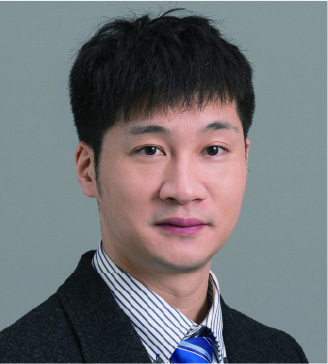
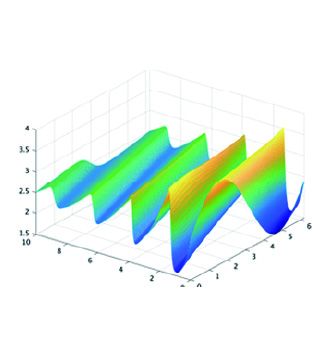
- PENG LINYU
- Nonlinear Systems, Numerical Simulation, Symmetries and Conservation Laws, Information Geometry
-
Research of our laboratory focuses on applied mathematics, including, for instance, analysis and numerical simulations of nonlinear dynamical systems, matrix data analysis and applied information geometry, and symmetry analysis of both differential and difference equations.
-
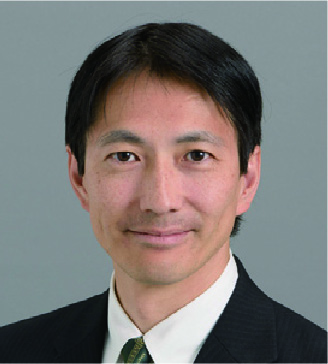
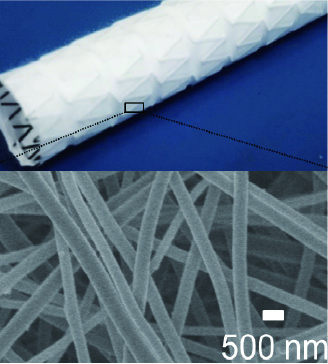
- HOTTA ATSUSHI
- Soft Materials, Polymers, Gels, Viscoelasticity and Mechanical Behavior, Biomaterials, Ecomaterials, Composites, Self Assembly and Nanostructures, MD, DPD
-
Our group will take both experimental and theoretical approaches to link the physical properties of novel soft materials with their underlying chemical structures (ranging from atomic-, through nano-, to micron-scales) as well as their industrial applications (e.g. nanomaterials, biomaterials, eco-friendly materials). Our major research targets will be polymers, and the keywords for our research projects will be "multi-scale structures", "self assembly", "functionalization", and "composites".
-
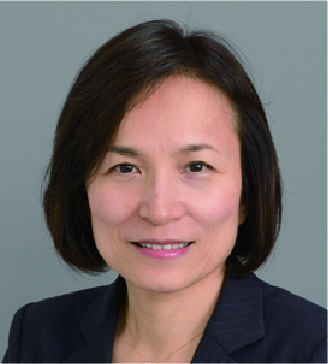
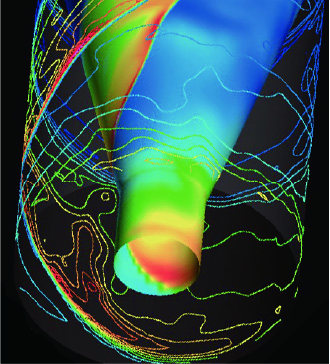
- MATSUO AKIKO
- Compressible flow, Computational Fluid Dynamics, Combustion, Aerospace Propulsion, Explosion, Multiphase Flow
-
This laboratory focuses on computational fluid dynamics of compressible flows to investigate aerospace propulsion of supersonic vehicles, particularly those associated with supersonic combustion and detonation phenomena needed to develop new engine types. Also investigated are explosions from a safety engineering standpoint.
-
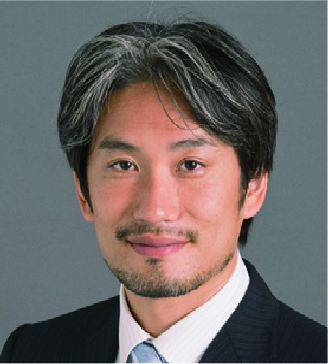
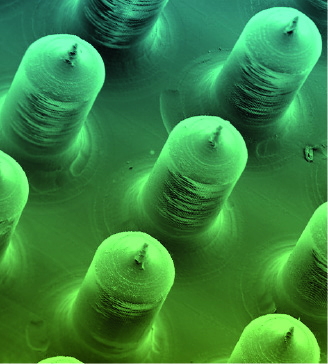
- MIKI NORIHISA
- Micro/Nano Engineering and Science, Human Interface, Interaction/ Cognitive Science/ Media Art, Medical Engineering, Artificial Organ, Machine Learning, Artificial Intelligence, AI, MEMS (MicroElectroMechanical Systems)
-
Micro/Nano engineering and science has enabled manufacturing of micro/nanoscale structures. A wide variety of sensors, actuators, and systems have been developed by exploiting the virtues of their small sizes and scale effects. Our laboratory focuses on innovative human-interface devices corresponding to human five senses and their applications in the field of virtual reality, interaction, cognitive science and media art. In addition, we are developing medical devices that include implantable artificial organs and high-performance diagnostics system with a strong collaboration with medical doctors.
-
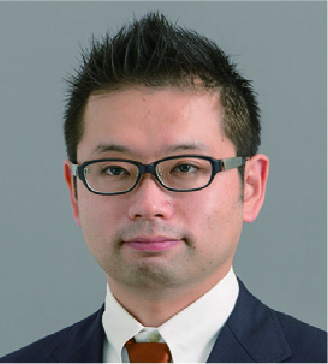
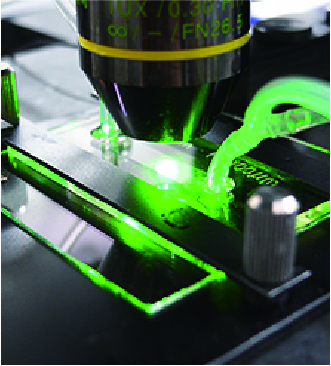
- MIYATA SHOGO
- Tissue Engineering, Biomechanics, Biophysical Engineering
-
A human body is considered as a mechanical system having highly sophisticated functions. This laboratory focuses on developing a new tissue-engineering device and a cell processing (analysis, sorting, assembly) chip based on cell-engineering, mechanical engineering, and bio-electrical engineering.
-
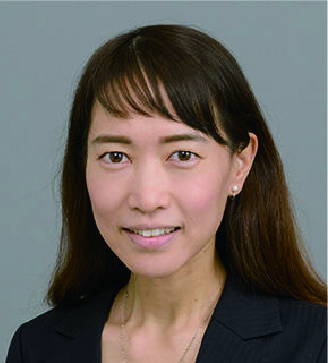
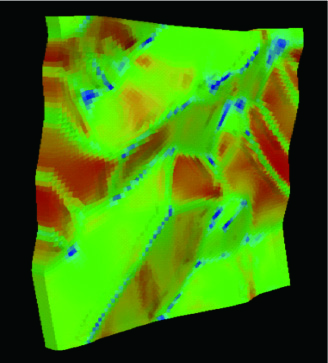
- MURAMATSU MAYU
- Solid Mechanics, Multiphysics Simulation
-
The research of this laboratory focuses on multiphysics in a broad spectrum of materials including metals, polymers and ceramics. Specifically, we conduct mathematical modeling and numerical simulation of materials for functional devices such as fuel cells by coupling the mechanical behavior with other phenomena and/or bridging different scale phenomena. We also have interests in experimental validation of simulation models and development of new CAE techniques using machine learning.
-
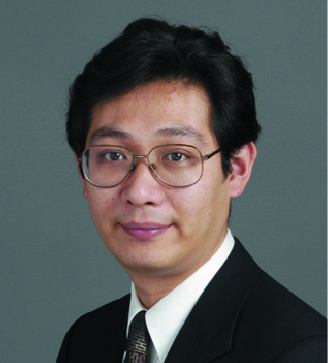
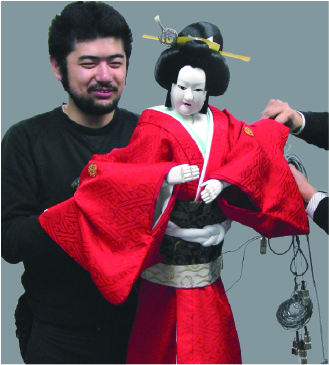
- MORITA TOSHIO
- Mechanical System Design and Control, Humanoid Robotics, Biomechanism, System Integration Engineering
-
This laboratory is focused on design and control of mechano-creatures possessing complex functions based on interactivities with the humans and the environment. Analytic and synthetic approaches are adopted to formulize and realize integrated control strategy built into the shapes and the structures of mechano-creatures.
-
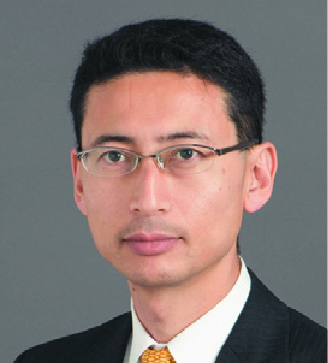
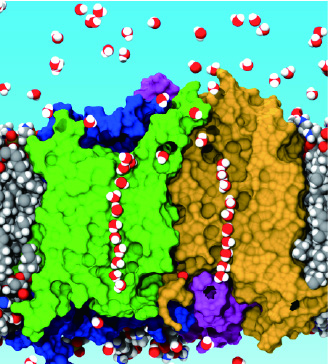
- YASUOKA KENJI
- Molecular Dynamics, Molecular Simulation, Chemical Physics, Phase Change Phenomena, High Performance Computing
-
This laboratory is focused on clarifying the phenomena of phase changes (vapor to liquid or liquid to solid) at the microscopic view using molecular dynamics simulation. Molecular simulaitons are applied to the clathrate hydrate, protein, liquid crystal, and micelle. Large-scale molecular dynamics simulations using a parallel computer and GPU, are also done. Machine learning method is applied to analyze the data of molecular simulation.
-
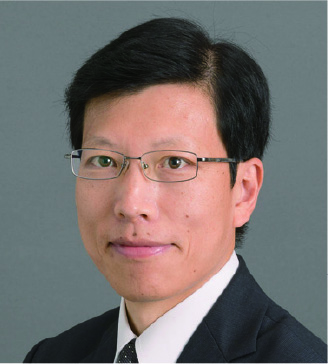
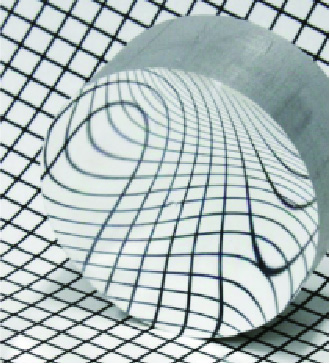
- YAN JIWANG
- Ultra-precision machining, Micro/nano manufacturing
-
To create new products with high added value, we are conducting R&D on high-accuracy, high-efficiency, energy-/resource-saving manufacturing technologies through micro/nanometer-scale material removal, deformation, and property control. Our recent research focuses on ultra-precision machining, micro/nano surface structuring, electrical machining, and laser processing of materials.
-
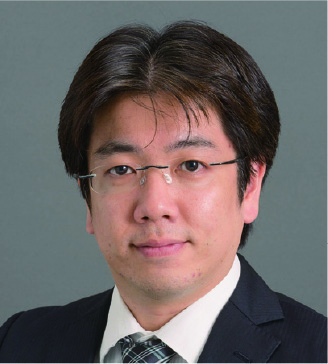
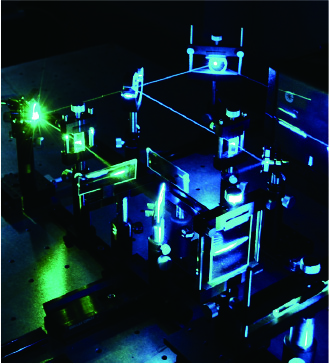
- YOKOMORI TAKESHI
- Reactive gas dynamics, Flame material synthesis, Internal Combustion Engine, Low NOx emission, Combustion Diagnostics
-
Advanced technologies of combustion such as high efficiency internal combustion engine, nano-material flame synthesis, low NOx combustor, and combustion diagnostics are of main research interests in this laboratory. The fundamental combustion phenomena related to those technologies are investigated through experimental, numerical and theoretical approaches, based on fluid, thermal and reaction dynamics. The optimized and new techniques for applications are also investigated.
-

- HASEGAWA AI
- Integrated Design Engineering
-
Her projects, which explore various issues latent in society using biological issues and technological advances as motifs, are presented in the fields of bioart, speculative design, design fiction, and contemporary art.This laboratory critically examines technology from an impartial and ethical perspective, and envisions alternative societies and explores the possibilities of transitioning to the real world.
-
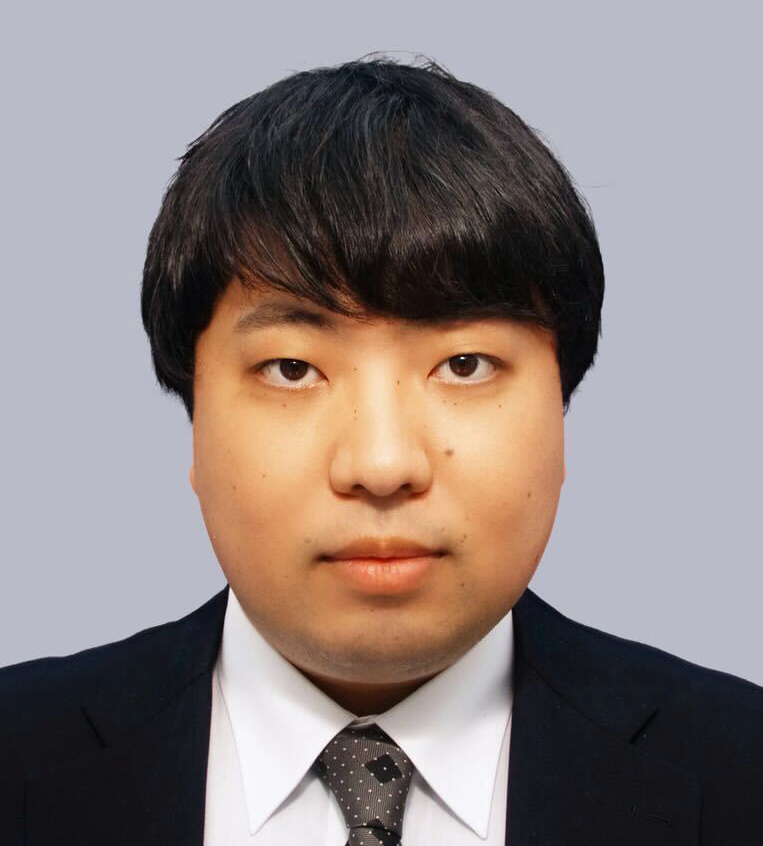
- SATO TAKUMI
- Science for Open and Environmental Systems
-
We conduct research on the microstructures and resulting macroscopic properties of polymer nanocomposites and various nanomaterials, using molecular simulations as a central tool. By analyzing nanoscale particle dispersion states and interfacial structures, we aim to clarify their effects on the mechanical and physical properties of the materials. Our work also focuses on enhancing functional performance, such as improving dielectric properties and developing high-sensitivity DNA sensor materials.
-

- MIURA SENRI
- Science for Open and Environmental Systems
-
We are conducting research on a method of turbulence control known as blowing control. Blowing control involves injecting a small amount of fluid through tiny holes or slits in a wall, thereby influencing the flow near the wall. By implementing this control on the surface of an aircraft wing, we aim to improve the wing performance, such as reducing fluid drag.



